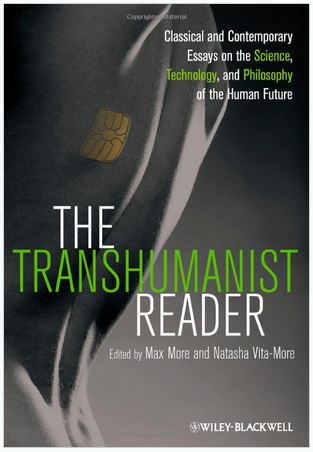THE next industrial revolution could be biological. Think living machines that produce energy from landfill
waste, biological sensors that detect dirty water or bacterial production lines that churn out drugs.
waste, biological sensors that detect dirty water or bacterial production lines that churn out drugs.
These are just some of the applications that synthetic biology – applying engineering principles to biological parts – could make possible. That goal is looking more likely now that, for the first time, researchers have established a set of rules that could allow parts to be assembled with industrial rigour. Libraries of these standardised high-quality parts will let engineers pick components knowing how they will behave.
The behaviour of all living matter is governed by gene expression, the process by which biological materials such as proteins are made. So synthetic biology's "parts" are the DNA sequences that contain certain manufacturing instructions. When these parts are stuck together, the genes are expressed and the required protein is made.
Researchers have been building one-off biological machines by combining several of these parts for years. But, because there is little quality control, producing them on an industrial scale has so far been impossible. To change this, Drew Endy, co-director of the BIOFAB facility in California, and his colleagues have developed a mathematical framework to show how each part interacts with others and whether this results in the right amount of the right product being made. The work involved physically testing out hundreds of combinations of common biological components and using the results to create a scoring system, effectively establishing a standard of excellence that should let engineers build their most reliable devices yet (Nucleic Acids Research, doi.org/kw7).
The team found that bundling parts together according to their specific function gave more reliable results than considering them separately. This is how nature does it, says Endy, but the dogma had been that all parts should be clearly separated and assembled in a more modular way, which was the principle used to set up the BioBricks registry, an existing library of parts, in 2003. It was a case of "let's change our religion on how you assemble things", says Endy.
This realisation enabled the team to design hundreds of combinations of DNA segments from the Escherichia coli genome – one of the most commonly used source of parts – to build up a library of parts with a reliability of around 93 per cent.
"It's really great to have honest metrics for the performance of parts," says Christopher Voigt at the Massachusetts Institute of Technology, who four years ago developed components that worked about 50 per cent of the time. It should help remove the element of trial and error that synthetic biologists have so far had to live with. "It's normally done in an ad-hoc way," says Voigt. "You just drop in the part and hope you get what you want."
For the BIOFAB group, whose aim is to mass-produce their standardised parts and ship them to researchers around the world, this is just the start. The scoring system should apply to a wide range of organisms and there are many more families of parts that need to be catalogued, such as those from other commonly used bacteria like salmonella and Rhodobacter. "It's a slow, hard slog but it's essential," says Voigt.
One thing is for sure: biology is undergoing developments that parallel the industrial revolution, says Richard Kitney at Imperial College London. Only recently, for example, it might have taken 10 bioengineers more than 10 years to build something that produced a single drug. This is akin to the cottage industries of the 18th century in the UK, Kitney says, where master craftsmen like George Hepplewhite would labour to create one-off pieces of furniture.
"But we went from Hepplewhite to Ikea," he says. "That's what we're trying to achieve in synthetic biology."
This article appeared in print under the headline "Welcome to the Ikea of synthetic biology" for New Scientist
What can synthetic biology do for us?
From the first living photos taken with an "E. coli camera" to antimalarial drugs made by yeast, there are many uses for "living programmable matter", as Drew Endy, co-director of BIOFAB in California, likes to call it.
Richard Kitney at Imperial College London has developed a biosensor that detects urinary tract infections in people with catheters. The biosensors latch on to the molecules released by a growing bacterial colony, triggering the production of green fluorescent proteins.
For Christopher Voigt of the Massachusetts Institute of Technology, the field's promise lies in copying nature. Sea sponges, for example, contain molecules that make powerful antibiotics, he says, but we are not going to destroy reefs to get them. Instead, there should be a blueprint of 100 genes that could be used "to set up a manufacturing pipeline".















